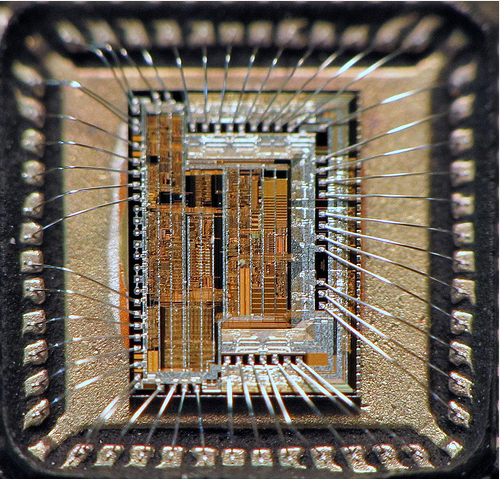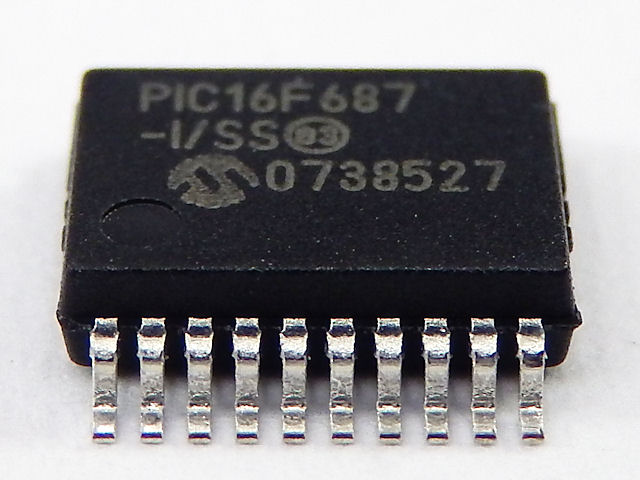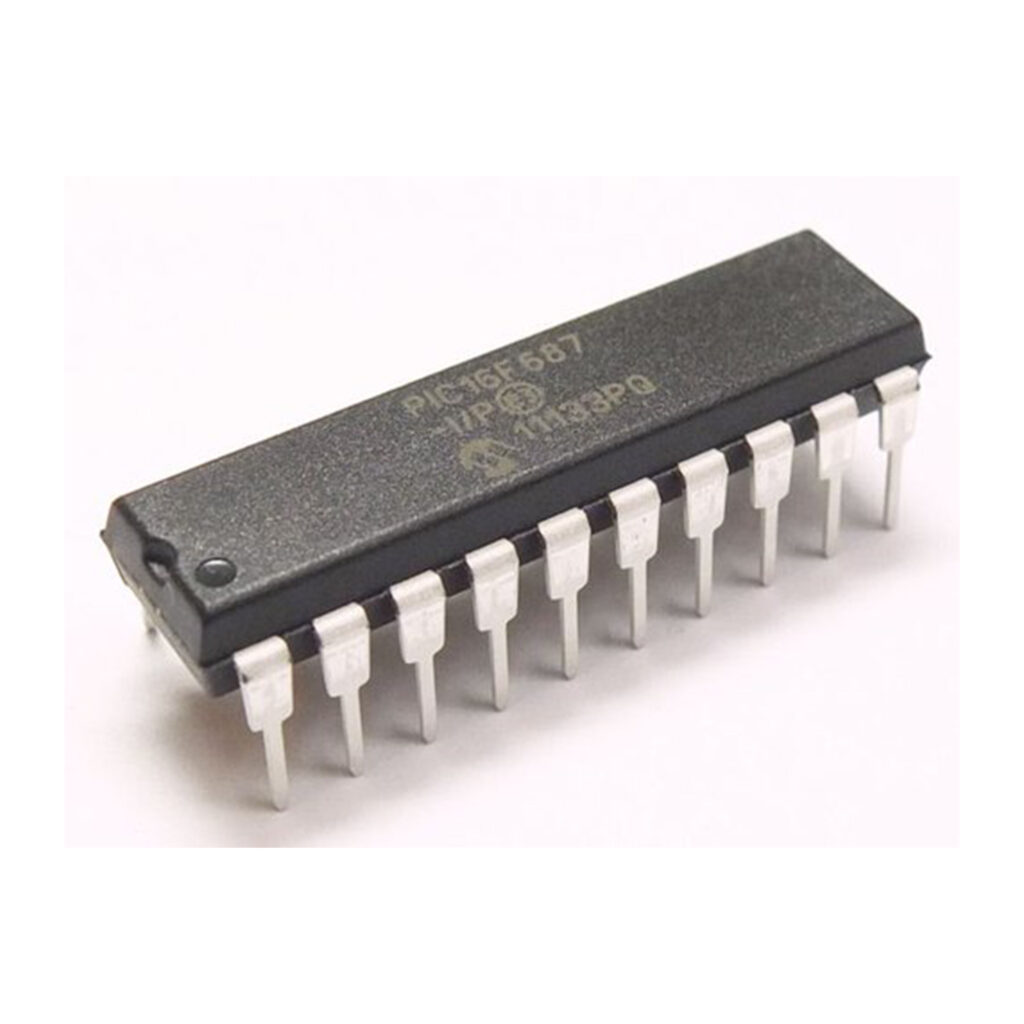Unlock Microchip IC PIC16F687 Firmware
Unlock Microchip IC PIC16F687 program memory and the flash hex from microcontroller PIC16F687 can be read, then recover the software to new PIC16F687 mcu for cloning;

Peripheral Features:
· 17 I/O pins and 1 input only pin:
– High current source/sink for direct LED drive
– Interrupt-on-Change pin
– Individually programmable weak pull-ups
– Ultra Low-Power Wake-up (ULPWU)
· Analog Comparator module with:
– Two analog comparators
– Programmable on-chip voltage reference (CVREF) module (% of VDD)
– Comparator inputs and outputs externally accessible
– SR Latch mode
– Timer 1 Gate Sync Latch
– Fixed 0.6V VREF
· A/D Converter:
– 10-bit resolution and 12 channels
· Timer0: 8-bit timer/counter with 8-bit programmable prescaler
· Enhanced Timer1:
– 16-bit timer/counter with prescaler
– External Timer1 Gate (count enable)
– Option to use OSC1 and OSC2 in LP mode as Timer1 oscillator if INTOSC mode selected
· Timer2: 8-bit timer/counter with 8-bit period register, prescaler and postscaler
· Enhanced Capture, Compare, PWM+ module:

– 16-bit Capture, max resolution 12.5 ns
– Compare, max resolution 200 ns
– 10-bit PWM with 1, 2 or 4 output channels, programmable “dead time”, max frequency 20 kHz
– PWM output steering control
· Synchronous Serial Port (SSP):
– SPI mode (Master and Slave)
· I2C™ (Master/Slave modes):
– I2C™ address mask
· In-Circuit Serial ProgrammingTM (ICSPTM) via two pins

Program Memory Organization
(0000h-03FFh) is physically implemented for the PIC16F631, the first 2K x 14 (0000h-07FFh) for the PIC16F677/PIC16F687, and the first 4K x 14 (0000h-0FFFh) for the PIC16F687. Accessing a location above these
boundaries will cause a wraparound. The Reset vector is at 0000h and the interrupt vector is at 0004h.

